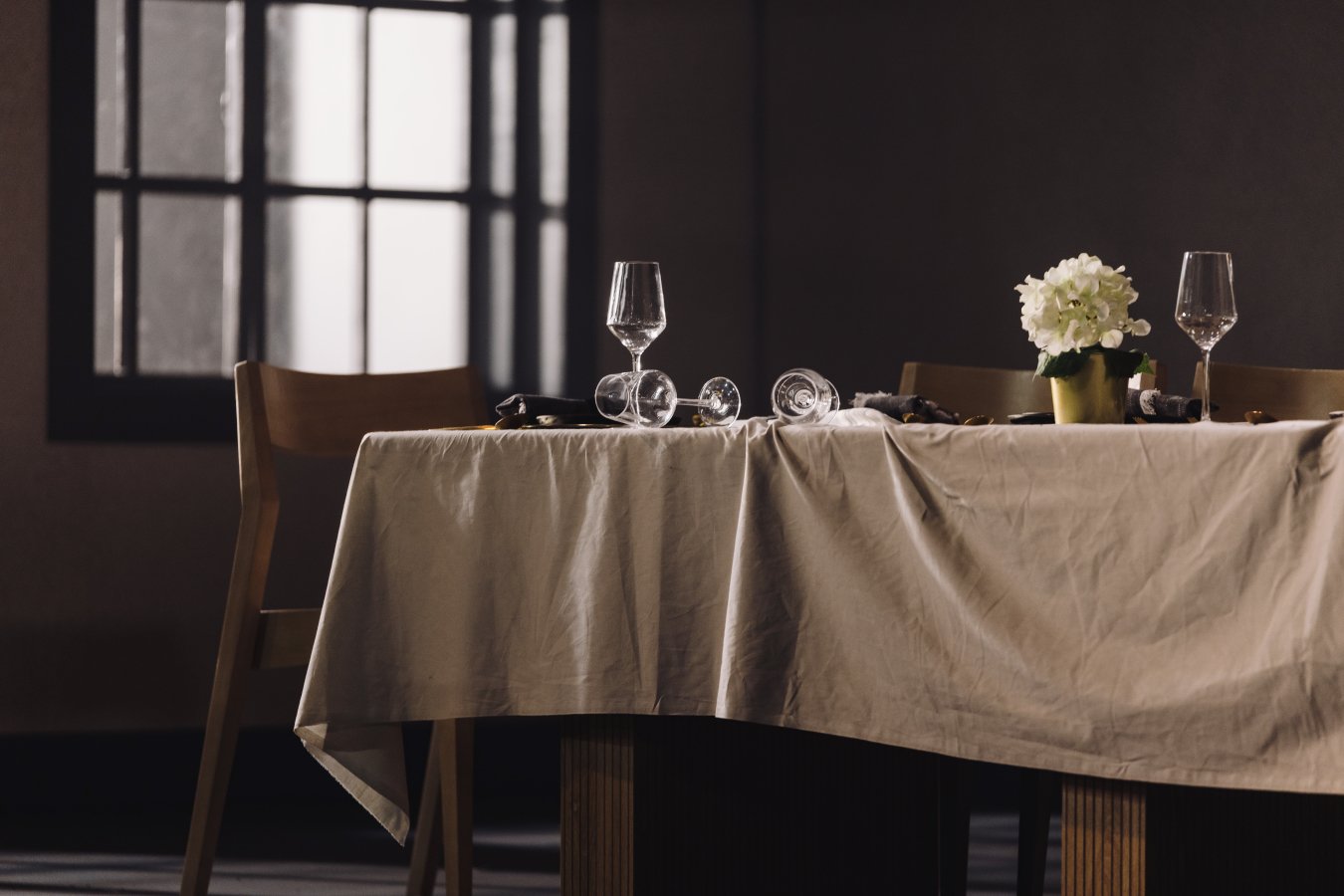DIRECTOR’s NOTE from the program
At the time of writing this note, we are midway through the process, and if all goes well, the show you are about to see will be meaningfully different from the one I set out to make a year ago. I believe that the creative process should result in something unexpected that bears the influence of all the collaborators, performers, and realities of production. When my team and I set out to make this production of Le Nozze di Figaro, I was thinking about the work of Richard Serra, Anne Imhof, and Doug Wheeler, three artists who made/make work about space and perception. I was also thinking about the cycles of personal relationships—how they can start pristine and unblemished and, through the process of living, loving, fighting, and forgiving, come to bear the marks of these cycles. In my own life, I was experiencing the very human project of marriage and commitment and learning for myself that there is immense beauty in the mess of these cycles. Over the past four weeks, I’ve been thinking about authenticity on stage and the way in which Nozze, in its immense brilliance and challenge, demands authenticity from all involved.
This set is a minimal space of three walls that shift and change throughout the opera, first expanding and then eventually breaking apart altogether. Over the evening, the plots, situations, deceptions, and disguises result in a big, literal mess. From act to act, this mess accumulates until all the characters are forced to sit in the chaos and figure out how to move forward.





































